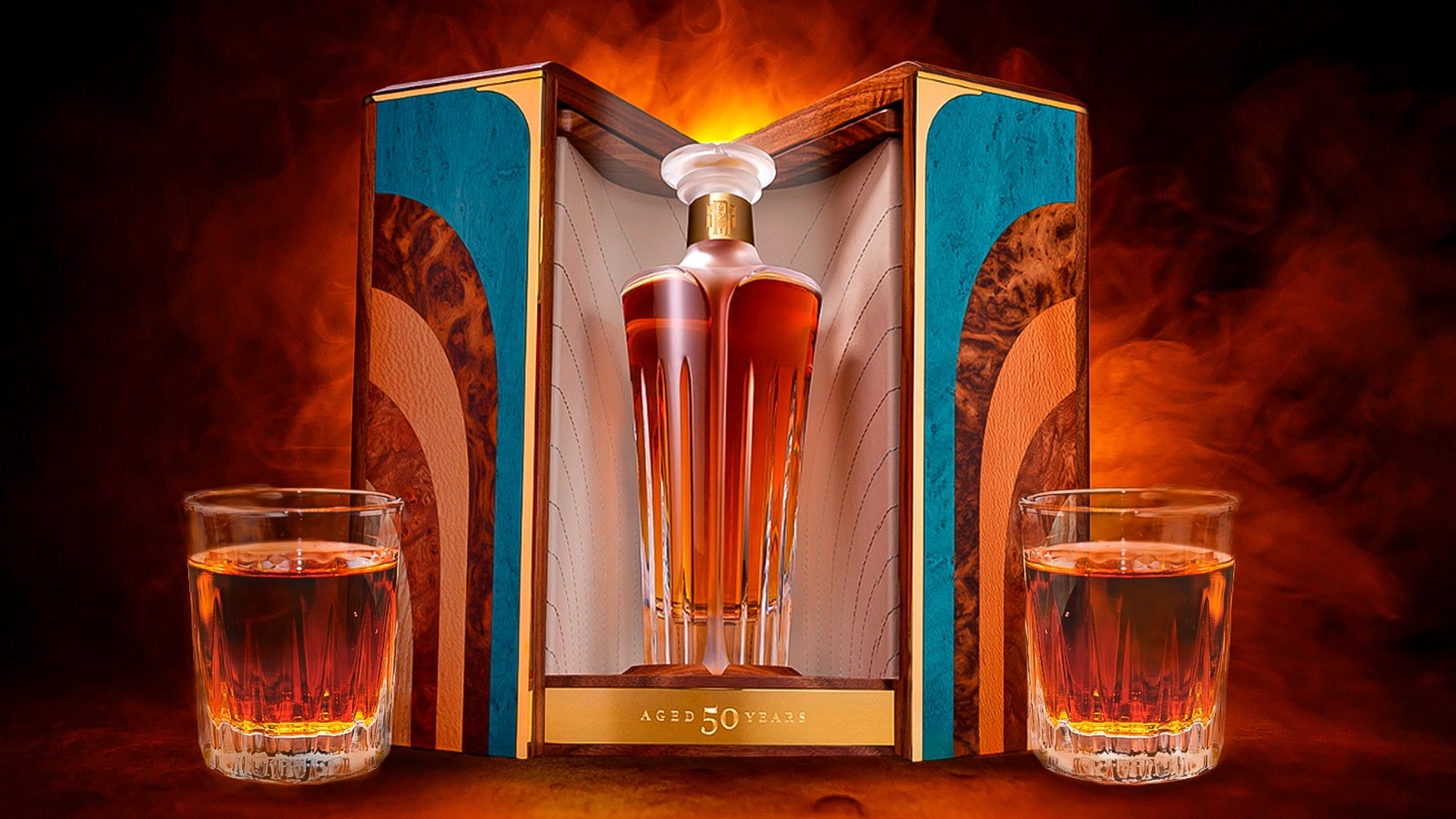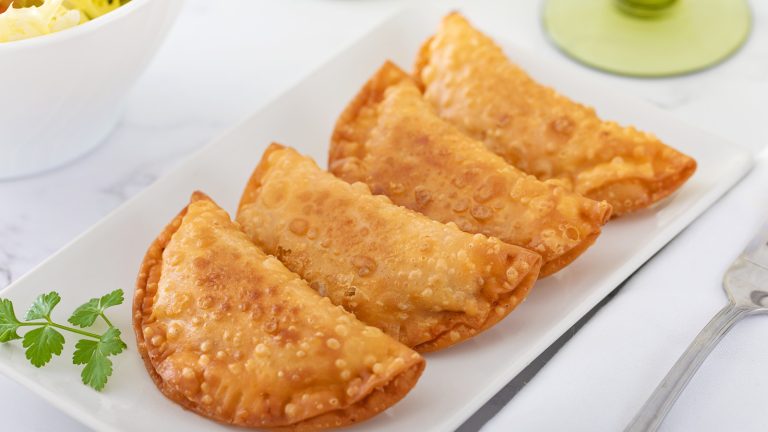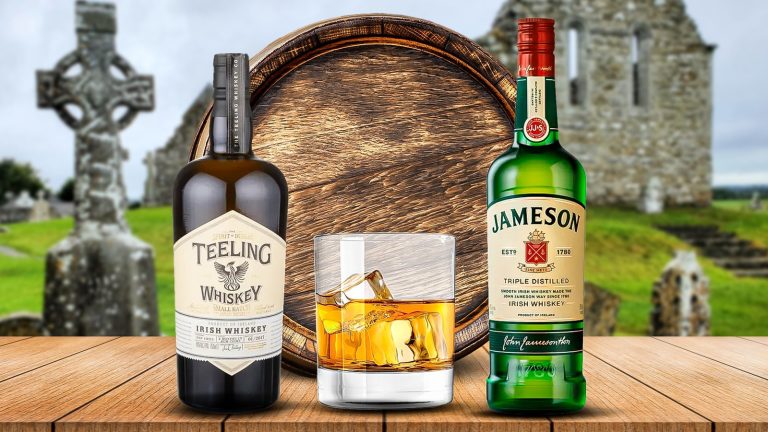Hey, you, with the liver! Let’s go taste the oldest single pot still Irish whiskey ever made. It’s half a century old, making it the product of multiple master distiller custodians. It uses woods you might not have even heard of in its final barreling, and it’s the last batch of whiskey to ever come out of the epicenter of Irish whiskey production.
You know, this is all starting to sound pretty epic. Look around you. Do you see any standing stones that look like fate might have placed them there, or giants to battle? No? Alright, then we’re safe to review Midleton Very Rare’s latest, and last, of its Silent Distillery series. Tasting Table readers, I give you: Chapter Six. It is the final chapter, and with it, the story will end, probably bound to that standing stone, battling a horde of enemies. Look, I don’t decide these things; it’s just how myth plays out. I just drink the stuff. Which we will now do, with me as your proxy. We might have better whiskey, but we’ll never sample whiskey more legendary.
Some recommendations are based on firsthand impressions of promotional materials and products provided by the manufacturer.
What is Midleton Very Rare Silent Distillery Chapter Six?
It’s fair to call Midleton in County Cork the beating heart of Irish whiskey, since every major brand, and some minor ones well worth your time, pumps through here. Sure, you could become a Tasting Table writer to sample Jameson’s core lineup, but wouldn’t it be faster and prettier to visit Ireland? Then you could see both the Old and New Midleton Distilleries. The Silent Distillery line comes out of the former, the last bottlings of a legendary location. It’s the most hallowed release among Midleton Very Rare, which is already a lineup of the best barrels carefully curated by the master distiller.
And Chapter Six is perhaps the most venerable of all: the last of these half-dozen releases, a single pot still whiskey, aged 50 years, the only remaining product of the Old Midleton Distillery, aged in oak, elm, ash, walnut, and … lacewood(!) in a barrel reconstructed from the original casks, bottled in hand-blown glass. Every element of this whiskey represents the most talented artisans in the spirits game performing at their peak.
It’s all gone after this! The longer I think about it, the more existential I get. Let’s taste test it before I start reciting “The Vanity of Human Wishes.” God, I love my job.
Price and availability
You have money, and you expect the best. But suppose you don’t have time to develop your whiskey tastes, probably because you’re busy conducting a war on crime after pretending to helm Wayne Enterprises all day and only pretending to drink at fundraisers. In that case, I can help you.
These 700-mililiter bottles cost €60,000, or approximately $68,000. (This week, anyway. That bear market’s not doing your purchasing power any favors.) You can buy one online, but it doesn’t ship to the Western Hemisphere. (Good lord, did I just consume the entire North American supply? Best not to think about it.) Anyway, if you own a private jet, you’re better off sending your assistant to pick up the Ireland-exclusive white-glove delivery of a bottle. If you don’t own a private jet, you can’t afford this whiskey. I certainly can’t!
Taste test
Chapter Six has quite a nose: rich and lemony but pungent in a certain nitrogen way that feels like sticking your nose a little too deep in a magnolia flower and getting a very green scent underlying that lovely floral quality — most definitely a consequence of single pot still distillation taken to its utmost form. There’s cocoa afoot as well.
The taste follows suit, with lemoniness gliding into Marcona almond. I will say, it has quite a depth of that barley but also a touch of pepper, minus any actual kick or burn. It’s smooth as silk, and if you get around a somewhat standard structural profile, there are rare nuances peeking around its columns. Something like halvah and nougat awaits you herein. It’s a very sweet drink, but still, a vegetal note of fresh raw cabbage or fresh squash pervades, waiting for its cue in a finish that’s way stronger than the first taste indicates. It’s possible those are traces of peat from Chapter One, purportedly the last peated whiskey to come out of Old Midleton, unless it’s now this.
Chapter Six is quite an exceptional whiskey that’s practiced in how to present like the commoners, but it can’t hide its nobility. This might be the edge of what’s possible and certainly a feat, though it won’t be for everybody, and I’m not confident it’s for me. While much it’s more complex than some ultra-lux whiskeys, I’d value it closer to the Macallan TIME:SPACE Mastery than the TIME:SPACE Collection.
How to Drink Midleton Very Rare Silent Distillery Chapter Six
Boy, you’d have to be some kind of a louse to alter a whiskey of such refined character. But that’s what they pay me to do, so I let a few drops of water fall into my glass, the way that one old man at an Irish bar in Queens taught my much younger self to do, when he saw me drinking my Jameson neat. Maybe I’m actually continuing my journey in the Irish Distillers family.
Surprisingly, Midleton Very Rare Silent Distillery Chapter Six does liven up a touch with water, but it doesn’t change fundamentally, only brightening the flavors mentioned above. It’s not until some ice cubes touch it that the flowering tree in the nose blossoms like the third week of spring. Even so, I (relievedly) can’t recommend icing it up, because whatever is amplified in the scent is lost as these rocks absolutely stopper the flavor, full mute. I’ve committed sacrilege and may in fact legally be banned from playing “Body of an American” at my funeral now.
Anyway, take it neat. It doesn’t need your help. (Thank goodness.)
Final thoughts
Like a lot of elder champions, Midleton Very Rare Silent Distillery Chapter Six might not fit in this world anymore. Look, this is a collector’s item — the last product of a two-centuries-strong champion. This is like finding Cronus’ last will and testament. It simply cannot be made again. So let’s scrape $50,000 of consideration off this evaluation of its merits. Call it the collector’s fee.
Chapter Six manages its wood very well, deftly even, and it’s a unique experience. But if I’m drinking ultra-aged Irish whiskey with someone else’s money, my heart belongs to Bushmills 46-year at $12,500. Chapter Six is a feat to be sure, but even at cost parity, I do think you’ll find surer game. Again, though: The taste of this historical artifact doesn’t even place in the reasons to buy, and keep, it.
Were it freely imbibable, I think it would be somebody’s favorite and a lot of people’s interesting experience. Considering the hurdles of its aging, the new ground it breaks beyond them is intriguing and exciting, but it’s more of a technical victory than an epicurean one. Final verdict: Chapter Six is very fine, but as it strikes out on its own, it’s in hardscrabble territory for most palates to truly prefer when more conscionable luxury pours taste better without representing the end of an era. It would be a sin not to taste it — but a crime to finish it.





